Encapsulating enzymes in nanocages engineered using structural DNA nanotechnology increases enzymatic digestion and protects enzymes from degradation.
DNA nanotechnology cages localize and optimize enzymatic reactions


Encapsulating enzymes in nanocages engineered using structural DNA nanotechnology increases enzymatic digestion and protects enzymes from degradation.
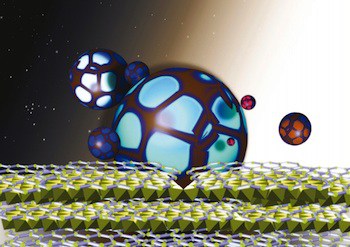
Polymer chemistry and materials research provide opportunities to explore structures that harmonize phenomena unique to nanoscale technology, the role of mechanical forces generated at interfaces, and the responses of biological systems to mechanical stresses.

New families of protein structures, barrel proteins for positioning small molecules, self-assembling protein arrays, and precision sculpting of protein architectures highlight de novo protein design advances.
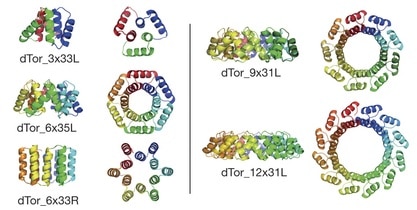
Computational design of proteins satisfying predetermined geometric constraints produced stable proteins with the designed structure that are not found in nature.
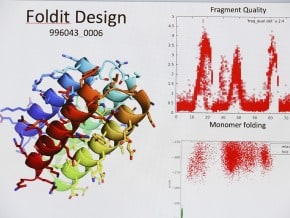
A fully automated design protocol generates dozens of designs for proteins based on helix-loop-helix-loop repeat units that are very stable, have crystal structures that match the design, have very different overall shapes, and are unrelated to any natural protein.
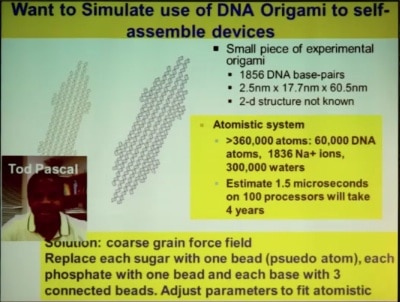
Prof. William Goddard presented four advances from his research group that enable going from first principles quantum mechanics calculations to realistic nanosystems of interest with millions or billions of atoms.
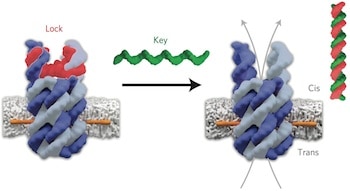
DNA building blocks mimic biological ion channels to more precisely control which molecules can cross a biological membrane.

In the first mouse model of the progressive form of multiple sclerosis, nanoparticles that created immune tolerance to myelin prevented the development of progressive MS.
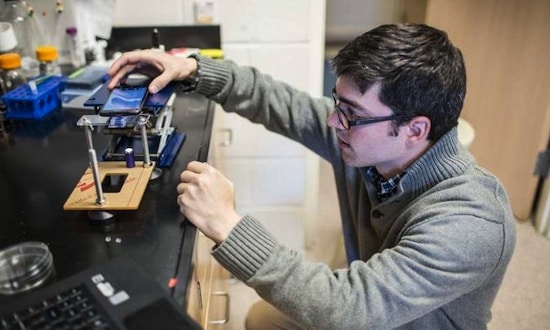
Coating micrometer-sized glass spheres with hundreds of DNA strands complementary to an RNA covering a glass slide enables the sphere to move, with the help of an enzyme that digests RNA bound to complementary DNA, a thousand times faster than conventional DNA-walkers.
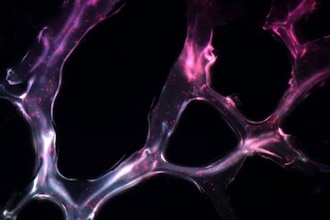
Two microRNAs with synergistic effects, one that suppresses tumor growth and another than inhibits tumor promotion, are combined in an RNA triple helix, complexed with a dendrimer to form nanoparticles, which are incorporated with a polymer to form a hydrogel that inhibits tumor growth when applied to the tumor.